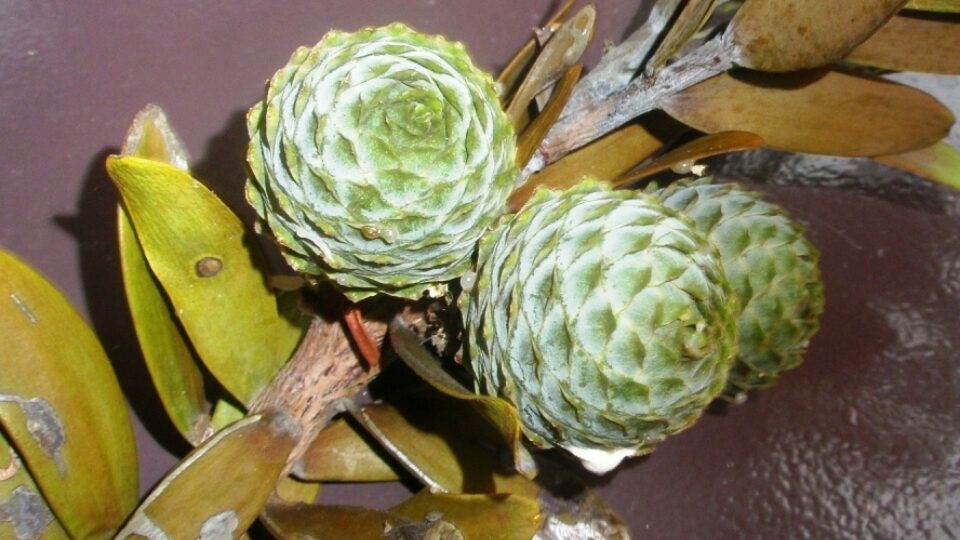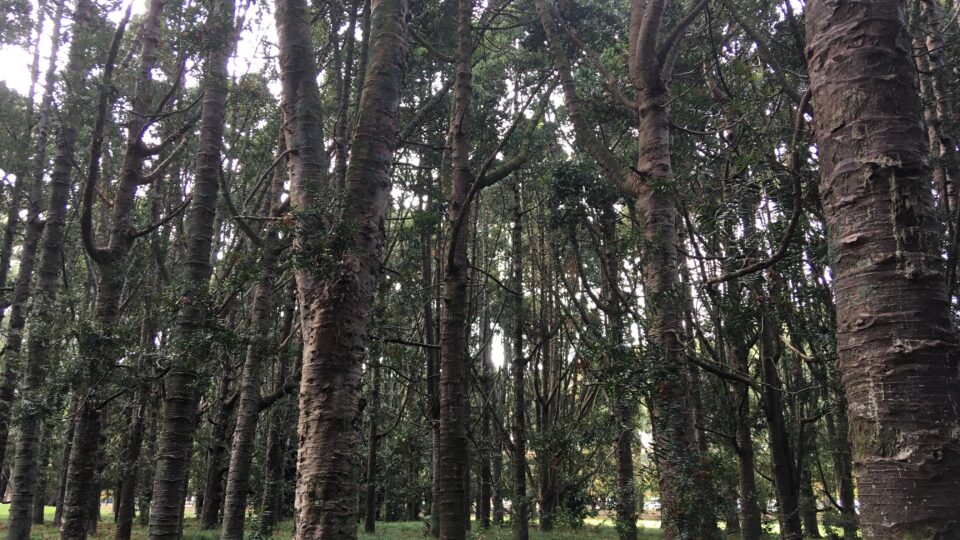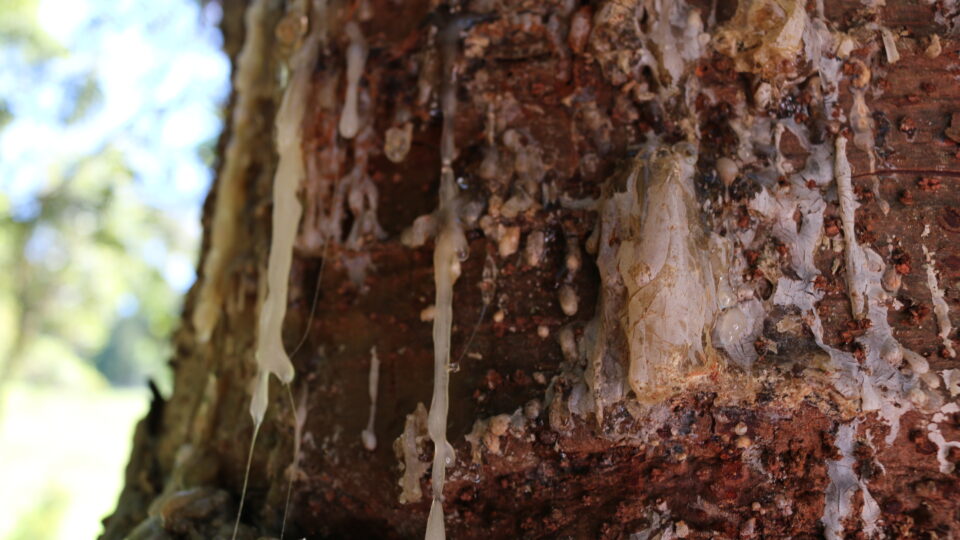Ecology
tree of the month - kauri
Kauri (Agathis australis) is a tree that is endemic to Aotearoa New Zealand, meaning it is not found anywhere else in the world. Kauri trees have great importance, both culturally and to native ecosystems. Read on to learn more about these iconic trees and their significance.

Description
Before European settlers, kauri forests used to cover 1.2 million hectares of the upper North Island. Today they cover around 7,500 hectares spread out over the same area. Kauri are the largest (if not tallest) trees in Aotearoa New Zealand, with heights up to 50 metres and trunk widths up to 16 metres in circumference. Kauri trees are also thought to be able to live for up to, or maybe even over, 2000 years. Kauri are recognisable for their straight trunks, flaky bark, distinctive cones, and of course, their size.


Ecological significance
Kauri are adapted to live in nutrient-poor soil, meaning they can compete with other trees despite growing very slowly. A kauri forest is a diverse forest type that usually contains many other native tree species. Kauri are known to change the structure and composition of the soil where they grow, making kauri forests a unique environment for everything that lives in them.

Cultural significance
Kauri trees have strong cultural significance for Māori, seen as ‘chiefly’ trees, and used for their timber and gum. Kauri have connections for many Māori to Tāne, the god of the forest, with a very large kauri tree in Northland being named Tāne Mahuta after this god. Kauri timber was prized by European settlers, leading to large-scale felling of kauri across the North Island.

Kauri dieback
Due to historic reduction of the population and current threats, kauri are considered ‘Nationally Vulnerable’ trees. One of the biggest threats to kauri is a disease known as kauri dieback. This disease is caused by the pathogen Phytophthora agathidicida and can massively impact the health of the tree, or even lead to death. Kauri dieback is spread through soil, so the movement of soil from around an infected tree can cause the disease to spread to other trees.

A major way that soil can be moved is on footwear, so it is important to avoid walking on the soil around kauri trees and to clean footwear before and after entering an area with kauri trees. This is why our kauri groves in Cornwall Park are roped off, to prevent the movement of soil and keep them free of kauri dieback. With the importance of kauri to the environment and people, we must all work together to protect this amazing species for future generations.

